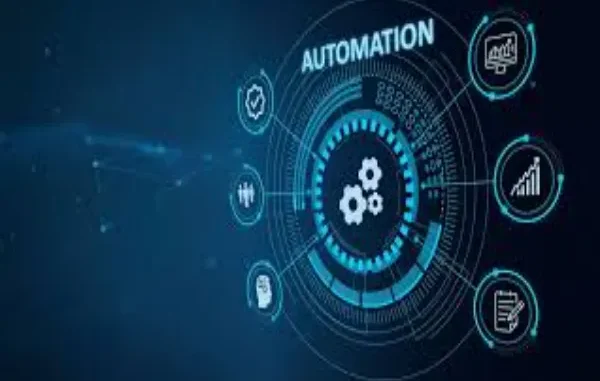

Automated cell counters are changing the field of cell analysis by improving both accuracy and efficiency. As traditional methods evolve with new technologies, the scientific community is experiencing significant advancements. This article examines how automation is influencing the field and its broader implications.
Cell analysis is essential in scientific research and industrial applications, providing critical insights into biological processes. Automation has significantly advanced these technologies, offering more precise and efficient results. The integration of automated cell counters has improved processes by reducing manual labor and minimizing errors. This shift is vital for researchers aiming to streamline operations and enhance data accuracy. Furthermore, the role of automation in bioprocessing highlights its impact on various scientific fields.
From manual to automated cell counting
The history of cell counting dates back decades when researchers used manual techniques such as hemocytometers. These traditional methods, while foundational, were labor-intensive and prone to human error. Manual counting often resulted in inconsistent data due to operator fatigue or varying skill levels, posing a challenge in fields requiring precise measurements.
In recent years, the transition to automated systems has marked a significant shift. Automated cell counters offer standardized processes that reduce human error, ensuring more reliable outcomes. These devices use sophisticated algorithms and imaging techniques to deliver rapid and accurate counts, freeing scientists from time-consuming manual tasks. As a result, laboratories can now focus on analyzing data rather than gathering it.
This technological evolution has not only enhanced data quality but also increased throughput in research settings. Automated systems can process multiple samples simultaneously, significantly reducing the time required for experiments. This efficiency is crucial for large-scale studies where timely results are critical.
Benefits of using automated cell counters
Automation in cell analysis brings numerous advantages that streamline laboratory workflows. One primary benefit is improved accuracy in measuring cell populations, which is vital for reproducible research findings. Automated systems eliminate subjective variations inherent in manual counting by standardizing measurement criteria.
The precision offered by these devices minimizes discrepancies in data interpretation, leading to more consistent research outcomes. Additionally, automated cell counters significantly reduce processing time by quickly handling large volumes of samples without compromising quality. This capability is particularly valuable in high-throughput environments where speed and accuracy are paramount.
Another advantage is the reduction of human error, which often affects manual processes. With automation, researchers can trust the integrity of their data without the influence of operator bias or fatigue. This reliability enhances confidence in experimental results, paving the way for more robust scientific discoveries.
Innovations driving change in automated cell counting
Recent technological advancements have propelled automated cell counting into new realms of efficiency and reliability. Innovations such as advanced imaging techniques and machine learning algorithms have transformed how data is captured and analyzed. These tools provide deeper insights into cellular characteristics that were previously difficult to quantify with traditional methods.
Modern cell counters now offer features like real-time monitoring and comprehensive data analysis capabilities. These enhancements allow researchers to track cellular changes dynamically, facilitating more detailed investigations into biological processes. The integration of artificial intelligence further refines data interpretation by identifying patterns that may elude human observation.
These advancements not only improve the accuracy of cell analysis but also accelerate processing speeds. The ability to rapidly analyze complex datasets enables scientists to derive meaningful conclusions faster than ever before. As technology continues to evolve, even greater improvements in how cellular information is gathered and utilized are expected.
Leave a Reply